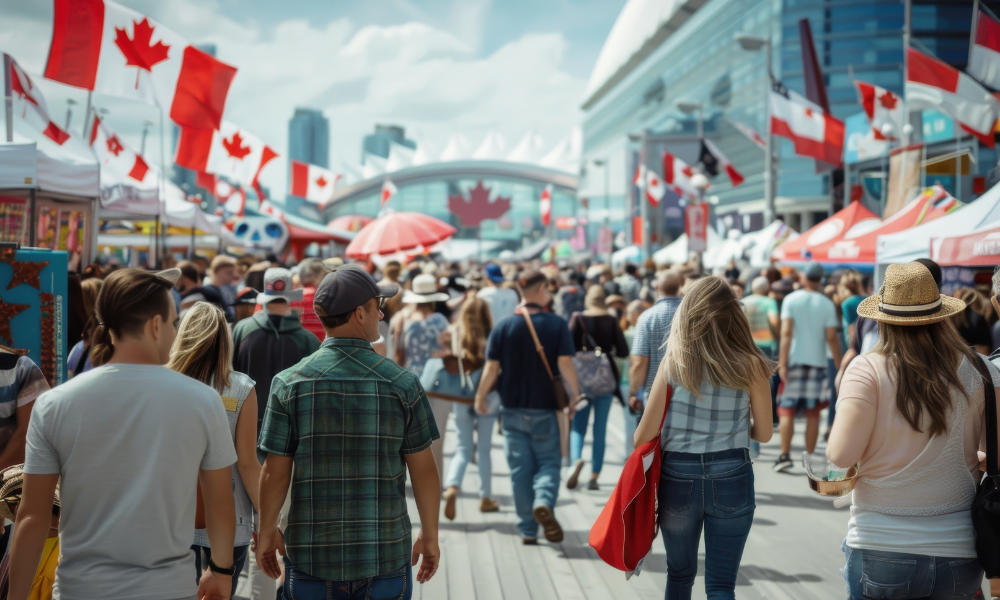Cooling immigration could have big implications for the national housing and mortgage markets

Canada’s population growth came to a near halt in the first quarter of 2025 as stricter immigration rules took effect, Statistics Canada reported Wednesday. The country added just 20,107 people between January and March, marking essentially zero quarterly growth. This stands in sharp contrast to the 0.3% average seen over the past decade and represents the slowest rate since comparable records began in 1946, excluding the pandemic.
The data signals a significant shift from the rapid growth that followed the COVID-19 pandemic, which had briefly positioned Canada’s expansion on par with some of the fastest-growing nations globally, a report from Bloomberg noted. That surge had largely been driven by temporary residents, especially international students. With new limits in place, those numbers have now declined.
Government targets “sustainable” immigration
The slowdown aligns with prime minister Mark Carney’s push for more “sustainable” immigration levels. His administration is following through on a course set by predecessor Justin Trudeau, who began scaling back new arrivals in 2024 amid concerns that post-pandemic immigration had exceeded the country’s ability to accommodate newcomers.
The number of temporary residents dropped to roughly 3 million, or 7.1% of the total population, down from a peak of 7.4% last year. This represents the largest non-pandemic quarterly decrease on record. The decline was most notable among foreign students, with Ontario and British Columbia seeing the sharpest population losses since data tracking began in 1951.
Rising asylum claims and new legislation
While temporary migration declined, asylum claims continued to rise for the 13th straight quarter, reaching a record 470,029. In response, Carney’s government has introduced legislation aimed at tightening asylum rules, adding to existing limits on students and temporary workers. Parliament is expected to begin debate on the proposed bill Wednesday.
The policy shift also comes amid expectations of increased refugee flows due to US president Donald Trump’s immigration crackdown. Ottawa is reportedly preparing new infrastructure to handle a potential surge at the border.
Balancing demographics
Though immigration has slowed, international migration remains the sole driver of population growth, as deaths continue to outpace births by over 5,600. Canada’s long-term economic needs, including an aging workforce, still depend heavily on newcomers.
Carney has promised to balance economic priorities with growing public skepticism toward open-door immigration. “Attracting the best talent in the world to help build our economy” remains a cornerstone of his government’s approach, even amid tighter controls.
What are your thoughts on how global trade tensions impact household spending? Share your insights below.



